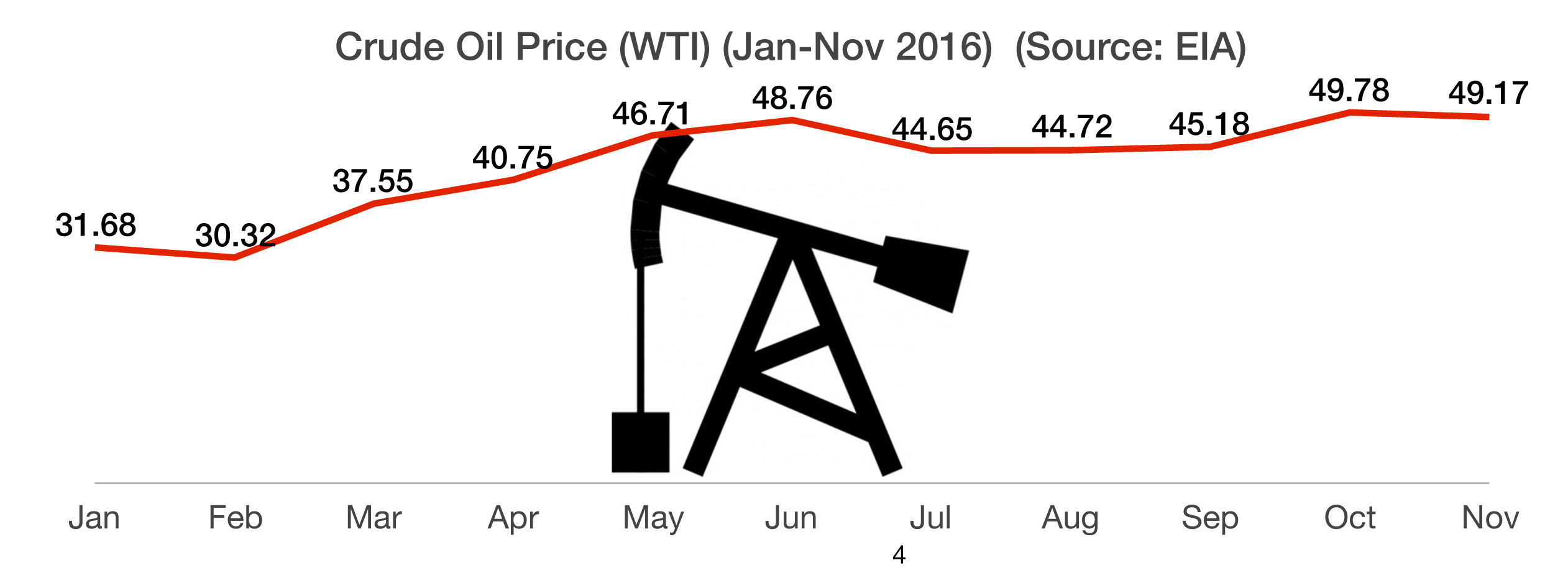U.S. Continues To Alleviate Ban On Oil Exports – Oil Industry Focus
An announcement in August by the administration that the U.S. has approved the export of oil to Mexico has alleviated a ban on oil exports that has existed for over 40 years.
Many are encouraged that the 40-year ban on U.S. oil exports may eventually be dismantled as the Commerce Department also issued a ruling in June 2014 allowing the export of lightly processed crude oil, also known as condensates.
In response to the Arab oil embargo, the U.S. imposed regulations in 1975 that restricted the exportation of crude oil. For years, oil companies and industry leaders have sought a relaxation of the export restrictions in order to compete in the global oil markets.
As oil production has risen, so have the inventories and stockpiles of crude oil. With a growing supply of crude oil reserves, oil companies are eager to export crude to satisfy demand from foreign countries. Net crude oil imports have dropped nearly 25% over the past five years, as U.S. production has steadily increased.
According to the Energy Information Administration (EIA), U.S. oil production rose to nearly 9.6 million barrels a day in June, marking the highest production levels since 1986. At 450.8 million barrels, U.S. crude oil inventories remain near levels not seen for this time of year in at least the last 80 years.
As the U.S. has increased crude oil production, demand for U.S. oil has also risen worldwide. In the international oil markets, there are two primary types of crude oil: West Texas Intermediate (WTI) and Brent Crude. Both are used as a benchmark in pricing oil worldwide, with varying prices depending on existing supplies.
WTI is also known as Texas light sweet because of its relatively low-density, light characteristics and sweet because of its low sulfur content. Conversely, Brent Crude is a bit heavier and not as sweet, thus making WTI a higher quality oil and more desirable worldwide.
The lighter and sweeter WTI is easier and less expensive to refine and distill into gasoline, diesel, jet fuel, and other fuel products.
For the past few years crude oil production in the United States has surged tremendously because of the technology behind horizontal drilling and hydraulic fracturing, primarily in the states of North Dakota and Texas.
As the United States is becoming the world’s leading oil refiner, it is considered good for economic and job growth nationwide. Inexpensive crude along with an abundance of supply in the United States has allowed refiners to become extremely profitable and capable of efficient refining.
The International Energy Agency (IEA) estimates that any exports of U.S. crude oil will be quickly consumed by the international markets and help stabilize any supply inefficiencies caused by political uncertainty in the OPEC countries.
Sources: IEA, EIA, Commerce Department
